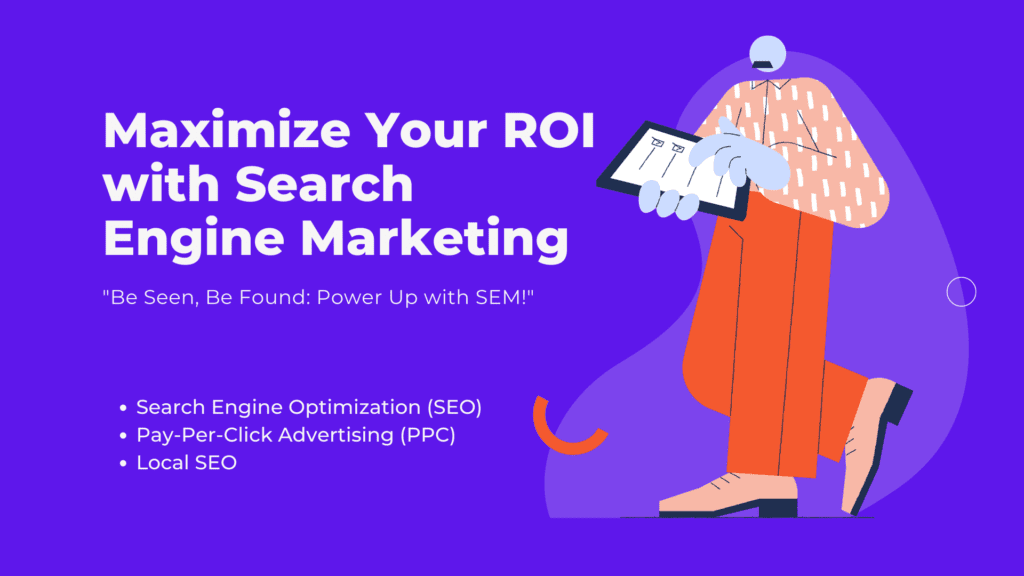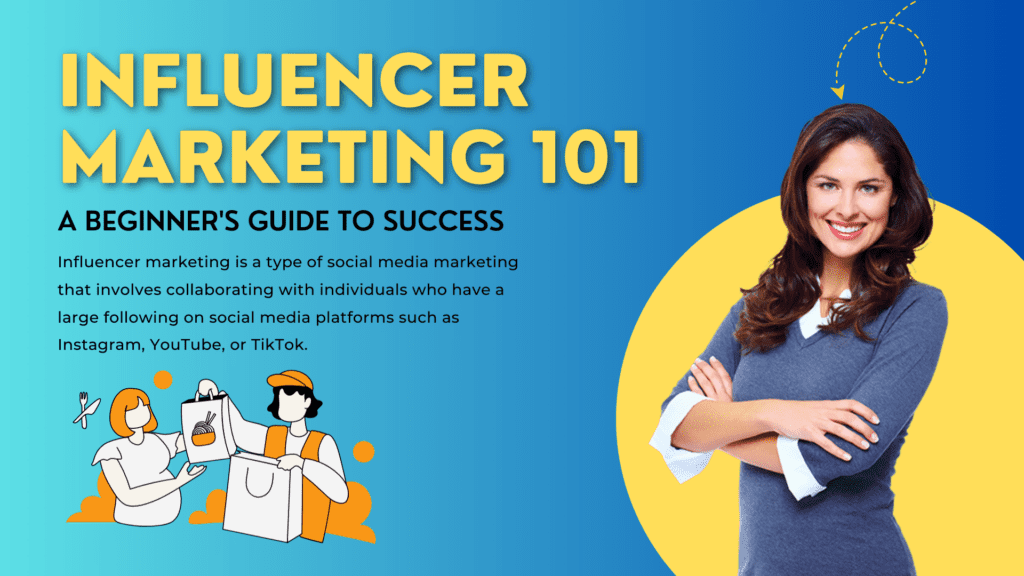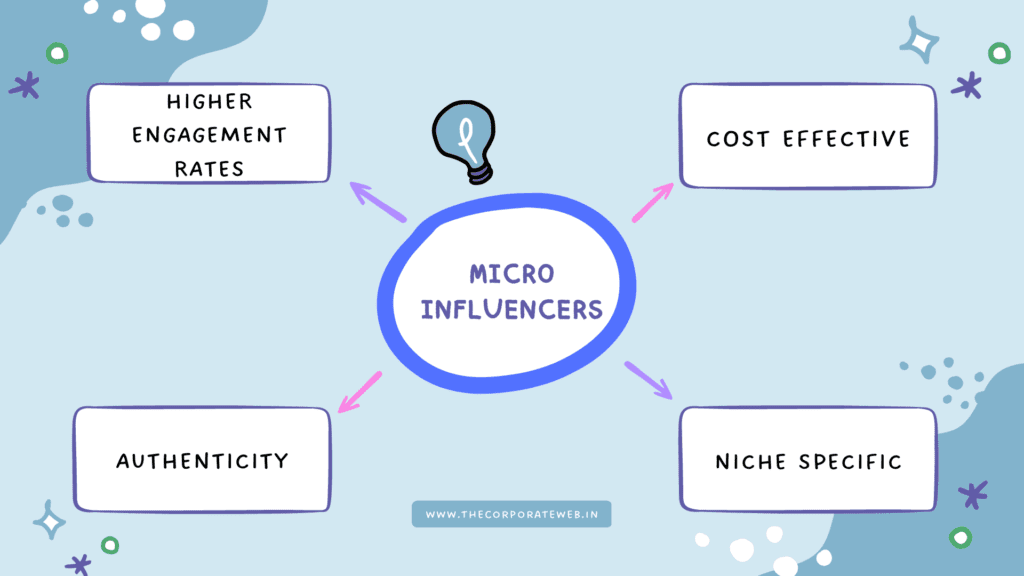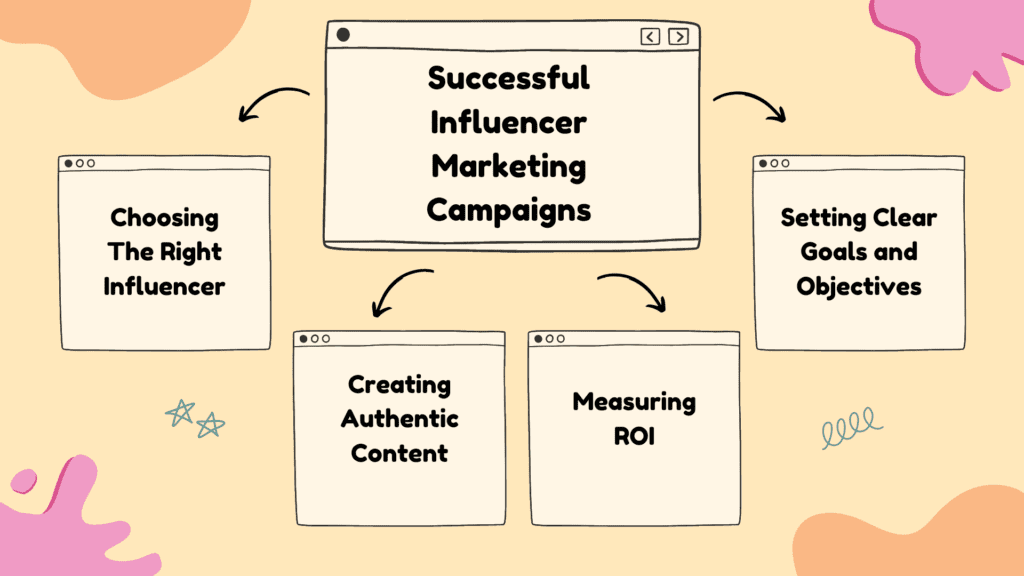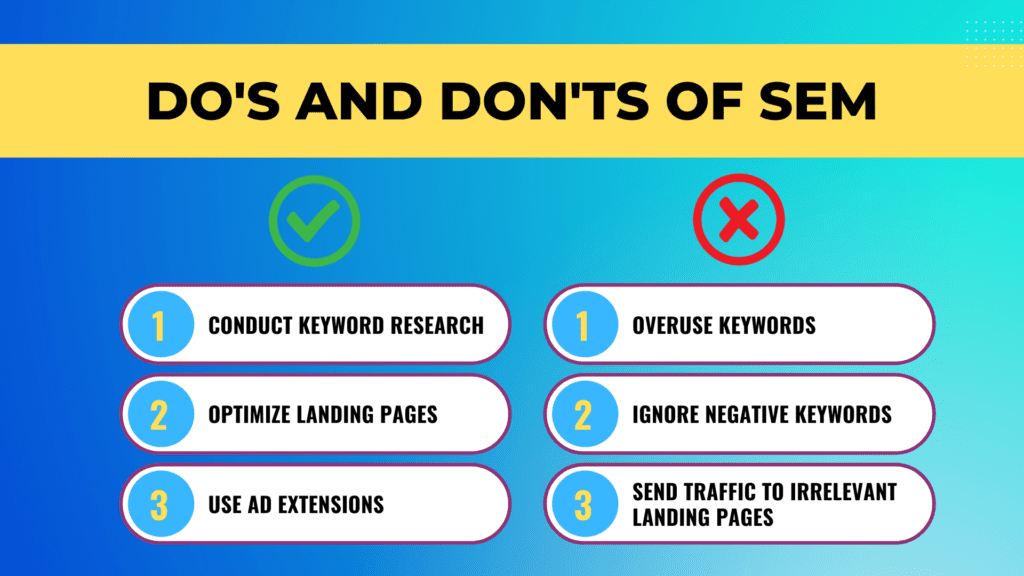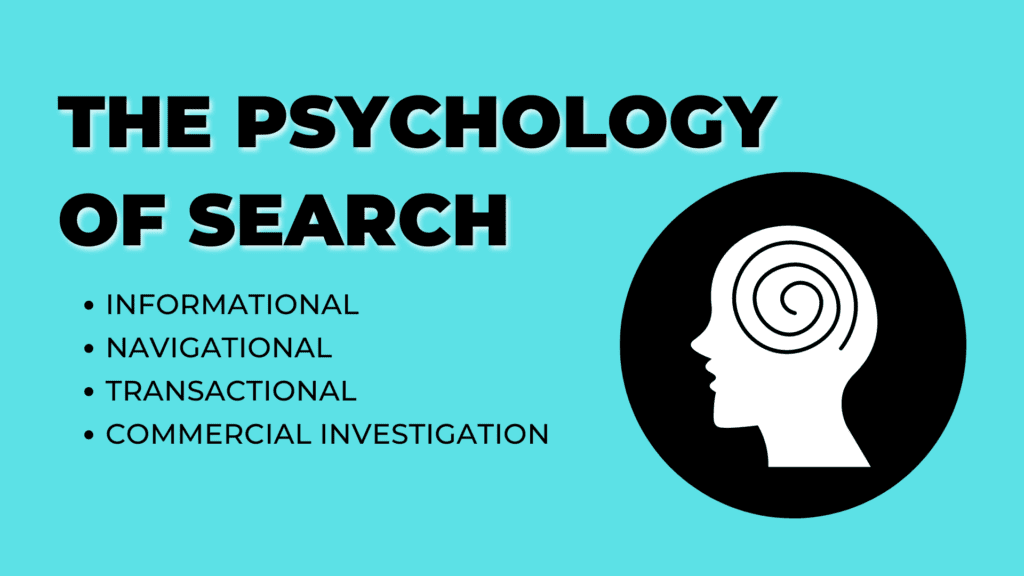Overview of search engine marketing (SEM)
Search engine marketing (SEM) is a form of digital marketing that involves promoting websites by increasing their visibility in search engine results pages (SERPs) through paid advertising and optimization techniques. In today’s digital landscape, where online presence is crucial for businesses, SEM has become an essential component of any marketing strategy.
Importance of SEM in today’s digital landscape
The importance of SEM lies in its ability to target a specific audience, which increases the chances of reaching potential customers who are interested in a product or service. With the vast number of people using search engines like Google and Bing every day, SEM provides a way to compete for attention in a crowded online marketplace.
Benefits of maximizing ROI with SEM
One of the benefits of SEM is that it allows businesses to maximize their return on investment (ROI) by targeting users who are already looking for what they offer. By using relevant keywords and creating compelling ad copy, businesses can increase the likelihood of converting users into customers, leading to increased revenue and growth.
Additionally, SEM offers measurable results, making it easy for businesses to track the success of their campaigns and adjust their strategy accordingly. This data can be used to improve future campaigns, ultimately increasing the effectiveness of the overall marketing strategy.
Understanding Search Engine Marketing (SEM)
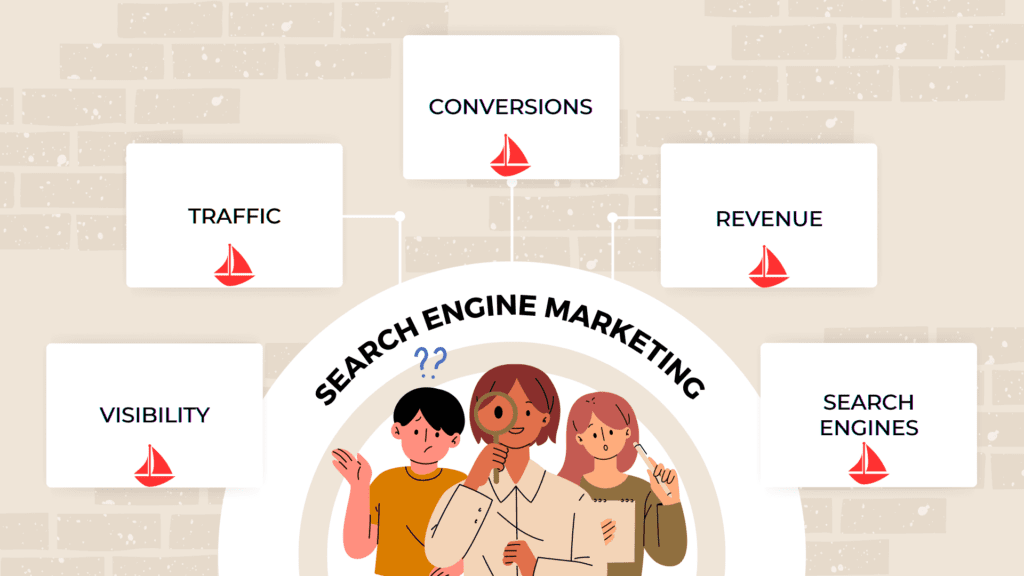
What is Search Engine Marketing (SEM)?
Definition of SEM
Search engine marketing (SEM) is a digital marketing strategy that promotes websites by increasing their visibility in search engine results pages (SERPs) through paid advertising and optimization techniques. SEM is an umbrella term that encompasses various tactics and approaches, including search engine advertising, paid search advertising, pay-per-click (PPC) advertising, and search engine optimization (SEO).
Types of SEM
The different types of SEM include:
- Search engine advertising involves creating ads that appear at the top of search engine results pages, typically marked with a “sponsored” label. Advertisers bid on specific keywords to target their ads to users searching for those terms.
- Paid search advertising involves placing ads on search engine results on pages based on specific keywords, similar to search engine advertising. However, paid search advertising also involves paying for clicks on those ads, rather than just paying for impressions.
- Pay-per-click (PPC) advertising: This type of paid search advertising where advertisers pay each time a user clicks on their ad. Advertisers bid on specific keywords and compete for ad placement on search engine results pages.
- Search engine optimization (SEO): This involves optimizing a website’s content and structure to increase its visibility in search engine results in pages organically, without paying for placement. SEO focuses on improving a website’s relevance and authority for specific keywords to improve its ranking in search engine results in pages.
Differences between SEO and SEM
The main difference between SEO and SEM is that SEO is focused on improving a website’s organic search engine ranking, while SEM includes paid advertising and optimization techniques to improve a website’s visibility in search engine results pages. While both tactics aim to increase a website’s visibility in search engine results pages, they use different methods to achieve this goal.
How Do Search Engines Work?
Overview of search engine algorithms
Search engine algorithms are complex computer programs that determine the relevance and authority of web pages in search engine results pages (SERPs). These algorithms are constantly evolving, as search engines aim to provide the best possible results for their users. Understanding search engine algorithms is crucial for businesses looking to improve their online visibility and reach more potential customers.
Importance of keywords
Keywords play a vital role in search engine algorithms, as they help search engines understand the content and intent of web pages. By using relevant keywords in their content and meta tags, businesses can improve their chances of ranking higher in search engine results pages. However, it is essential to use keywords strategically, as overusing them can result in penalties from search engines.
Understanding search engine ranking factors
Search engine ranking factors are the criteria used by search engine algorithms to determine the relevance and authority of web pages. These ranking factors include on-page factors, such as content quality, keyword usage, and meta tags, as well as off-page factors, such as backlinks, social signals, and user engagement. Understanding these ranking factors is crucial for businesses looking to improve their search engine visibility, as they can help businesses identify areas for improvement and develop an effective SEO strategy.
Benefits of SEM
Increase brand visibility
Increasing brand visibility is a crucial aspect of any marketing strategy, as it helps businesses reach more potential customers and stand out in a crowded market. One effective way to increase brand visibility is through targeted advertising, which involves reaching out to specific audiences with relevant and engaging content.
Targeted advertising
Targeted advertising allows businesses to tailor their marketing messages to the interests, needs, and preferences of their target audience. By using demographic, psychographic, and behavioral data to identify and reach their ideal customers, businesses can improve their marketing ROI and attract more qualified leads.
Measurable results
In addition to increasing brand visibility, targeted advertising also provides measurable results, allowing businesses to track and analyze the effectiveness of their marketing campaigns. By using analytics tools and metrics such as click-through rates, conversion rates, and engagement rates, businesses can identify areas for improvement and refine their marketing strategies to achieve better results.
Maximizing ROI with Search Engine Marketing

Setting Goals and Objectives
Defining marketing objectives
Defining marketing objectives is a crucial first step in developing an effective marketing strategy. Marketing objectives are specific, measurable, achievable, relevant, and time-bound (SMART) goals that businesses aim to achieve through their marketing efforts.
SMART goal-setting framework
A SMART goal-setting framework is a useful tool for businesses looking to set effective marketing objectives. This framework involves setting goals that are Specific, Measurable, Achievable, Relevant, and Time-bound. Specific goals should be clear and well-defined, while measurable goals should be quantifiable and easy to track. Achievable goals should be realistic and attainable, while relevant goals should be aligned with the overall business objectives. Finally, time-bound goals should have a specific deadline for completion.
Key performance indicators (KPIs)
Once marketing objectives have been defined, businesses should identify key performance indicators (KPIs) to measure their progress toward achieving these objectives. KPIs are specific metrics that businesses use to track the success of their marketing campaigns. Common KPIs include website traffic, conversion rates, customer acquisition costs, and return on investment (ROI).
By setting clear marketing objectives and identifying relevant KPIs, businesses can track their progress and measure the effectiveness of their marketing campaigns. This data can be used to refine their strategies and make data-driven decisions that improve their marketing ROI and drive revenue growth.
Keyword Research and Analysis
Understanding the importance of keywords
Keywords are an essential component of any effective SEO strategy. By understanding the importance of keywords and conducting thorough keyword research, businesses can improve their chances of ranking higher in search engine results pages (SERPs) and attracting more organic traffic to their website.
Conducting keyword research
Keywords are the words and phrases that users type into search engines when looking for information, products, or services. By using relevant keywords in their content and meta tags, businesses can signal to search engines that their website is a valuable source of information for users.
Conducting keyword research involves identifying the most relevant and valuable keywords for a business’s target audience. This involves analyzing search volume, user intent, and competition to identify keywords that are most likely to drive qualified traffic to a website.
Analyzing keyword competition
Analyzing keyword competition is another important aspect of keyword research. This involves assessing the competition for a specific keyword and identifying opportunities to rank higher in SERPs. By using tools such as Google AdWords Keyword Planner or SEMrush, businesses can identify relevant keywords and assess the competition for those keywords.
Once businesses have identified the most relevant keywords and analyzed the competition for those keywords, they can use this information to develop an effective SEO strategy. This may involve creating high-quality content around relevant keywords, optimizing meta tags and page titles, and building authoritative backlinks from relevant websites.
Creating Effective Ad Campaigns
Ad campaign elements
Ad campaigns are an essential component of any successful marketing strategy, as they allow businesses to reach out to their target audience with compelling and engaging messages. By understanding the key elements of ad campaigns, ad copywriting tips, and best practices for ad targeting, businesses can develop effective campaigns that drive engagement, leads, and sales.
Ad copywriting tips
Ad campaign elements typically include the ad copy, visuals, call-to-action (CTA), landing page, and targeting. Ad copywriting is a crucial aspect of ad campaigns, as it involves creating persuasive and compelling messages that resonate with the target audience. Ad copy should be concise, clear, and focused on the benefits of the product or service being offered.
Effective ad copy should also include a strong CTA that encourages users to take action, such as signing up for a newsletter or making a purchase. The visuals used in ad campaigns should be eye-catching and relevant to the product or service being advertised, and the landing page should provide a seamless user experience that encourages conversions.
Best practices for ad targeting
Effective ad copy should also include a strong CTA that encourages users to take action, such as signing up for a newsletter or making a purchase. The visuals used in ad campaigns should be eye-catching and relevant to the product or service being advertised, and the landing page should provide a seamless user experience that encourages conversions.
Best practices for ad targeting include identifying the target audience and creating ads that are tailored to their interests, needs, and preferences. Ad targeting can be based on demographic, psychographic, or behavioral data, and businesses can use tools such as Facebook Ads Manager or Google Ads to create targeted campaigns that reach their ideal customers.
Landing Pages that Convert
Understanding the importance of landing pages
Landing pages are a critical component of any successful digital marketing campaign. A landing page is a web page designed specifically to capture user information, such as name and email address, or to encourage users to take a specific action, such as making a purchase. By understanding the importance of landing pages, the key elements of a high-converting landing page, and A/B testing and optimization, businesses can improve their landing page performance and achieve their marketing objectives.
Key elements of a high-converting landing page
The importance of landing pages lies in their ability to provide a focused and tailored experience for users, which can increase the likelihood of conversion. Landing pages are typically designed with a specific marketing objective in mind, such as lead generation, product sales, or event registration.
A high-converting landing page typically includes a clear and compelling headline, a concise and persuasive description of the offer, a prominent call-to-action (CTA), and social proof, such as customer testimonials or reviews. The landing page should be visually appealing and easy to navigate, with a design that is consistent with the brand’s overall aesthetic.
A/B testing and optimization
A/B testing and optimization are essential for improving landing page performance over time. A/B testing involves creating two versions of a landing page and testing them against each other to identify the most effective version. Elements that can be tested include the headline, description, CTA, visuals, and form fields.
Optimization involves making changes to the landing page based on the results of A/B testing and other data analysis. Optimization may involve improving the headline, adjusting the CTA placement, reducing form fields, or enhancing the visual design of the landing page.
Tracking and Measuring Success
Importance of tracking and measuring success
Tracking and measuring success is crucial for any digital marketing campaign, as it allows businesses to assess the effectiveness of their efforts and make data-driven decisions to improve their performance. By understanding the importance of tracking and measuring success, the key metrics to track, and the tools for tracking and measuring success, businesses can optimize their digital marketing strategies and achieve their marketing objectives.
The importance of tracking and measuring success lies in its ability to provide actionable insights into campaign performance. By monitoring key metrics, businesses can identify areas for improvement, make data-driven decisions, and optimize their campaigns for better results.
Key metrics to track
The key metrics to track depend on the specific marketing objective and may include website traffic, bounce rate, conversion rate, click-through rate, cost per click, and return on investment. Website traffic refers to the number of visitors to a website, while bounce rate measures the percentage of visitors who leave the site after viewing only one page.
The conversion rate measures the percentage of visitors who take a desired action, such as filling out a form or making a purchase. Click-through rate measures the percentage of users who click on an ad or a link, while cost per click measures the cost of each click.
Return on investment measures the profitability of a campaign by comparing the cost of the campaign to the revenue generated. By tracking these key metrics, businesses can gain insights into the effectiveness of their campaigns and identify areas for improvement.
Tools for tracking and measuring success
Tools for tracking and measuring success include web analytics tools such as Google Analytics, which provides detailed information about website traffic and user behavior, as well as advertising platforms such as Facebook Ads Manager and Google Ads, which provide data on ad performance and cost metrics.
Other tools for tracking and measuring success may include customer relationship management (CRM) software, which allows businesses to track leads and conversions, and email marketing platforms, which provide data on email open and click-through rates.
Advanced Techniques for Maximizing ROI with SEM
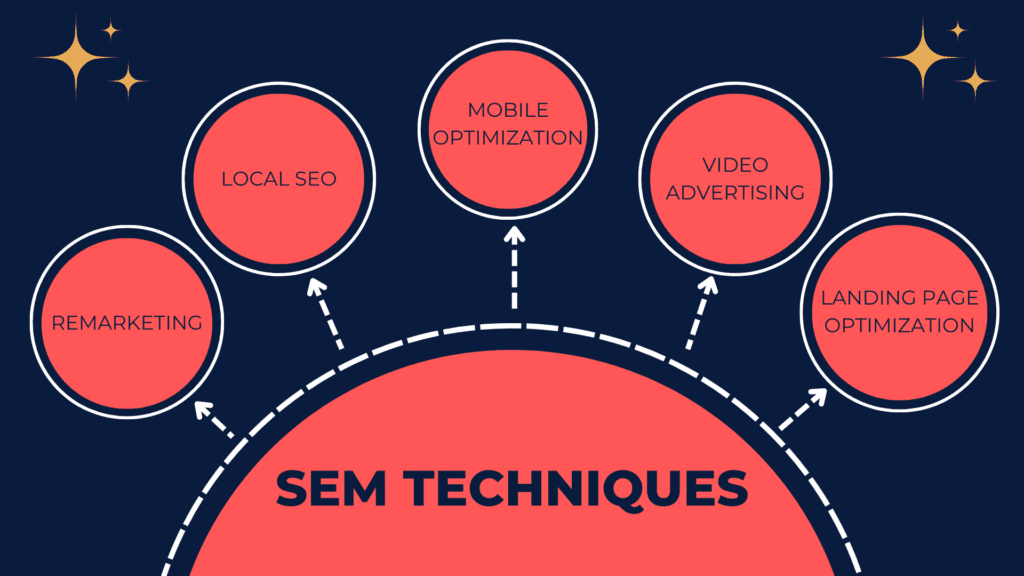
Remarketing
Definition of remarketing
Remarketing, also known as retargeting, is a digital marketing strategy that involves targeting ads to users who have previously interacted with a business or its website. Remarketing allows businesses to reach users who have already shown an interest in their products or services, and to encourage them to return and complete a desired action.
Benefits of remarketing
The benefits of remarketing include increased brand awareness, improved conversion rates, and higher return on investment. By targeting ads to users who have already engaged with a business, remarketing can help to keep a business top of mind and increase the likelihood of a conversion.
Remarketing can also help to improve conversion rates by targeting users who have already shown an interest in a business, its products, or its services. By showing ads to users who have previously interacted with a business, remarketing can encourage them to return and complete a desired action, such as making a purchase or filling out a form.
Creating effective remarketing campaigns
Creating effective remarketing campaigns involves several key elements. First, businesses must define their audience and segment users based on their behavior or actions on the website. For example, businesses may target users who have added items to their cart but have not completed a purchase.
Next, businesses must create compelling ad creative that speaks to the user’s needs and interests. Ad creative should be visually appealing and clearly communicate the benefits of the product or service being advertised.
Finally, businesses must carefully manage their remarketing campaigns to ensure that they are delivering the right message at the right time. This may involve adjusting ad frequency, refining audience segments, or optimizing ad creative based on performance data.
Local SEO
Importance of local SEO
Local SEO, or search engine optimization, is the practice of optimizing a website to appear in search results for local searches. Local SEO is particularly important for businesses that have a physical location, as it can help to drive foot traffic and increase visibility among local customers.
Strategies for optimizing local SEO
There are several strategies for optimizing local SEO, including optimizing website content and meta tags for local keywords, building local citations and backlinks, and creating local content such as blog posts or articles.
One of the most important aspects of local SEO is Google My Business optimization. Google My Business is a free tool that allows businesses to manage their online presence across Google, including search and maps. By optimizing their Google My Business listing, businesses can ensure that their business information is accurate and up-to-date and that they are appearing in local search results for relevant queries.
Google My Business optimization
To optimize their Google My Business listing, businesses should ensure that all business information is complete and accurate, including hours of operation, address, and phone number. They should also add photos and videos of their business, respond to reviews, and post regular updates or promotions.
Another important aspect of local SEO is building local citations and backlinks. Local citations are online references to a business’s name, address, and phone number, while backlinks are links from other websites to a business’s website. By building local citations and backlinks, businesses can signal to search engines that they are a reputable and authoritative source for local information, which can help to improve their search engine rankings.
Mobile Optimization
Importance of mobile optimization
In today’s digital landscape, it is increasingly important for businesses to optimize their websites for mobile devices. With more and more people using smartphones and tablets to access the internet, a mobile-optimized website can help to improve user experience and increase engagement.
Strategies for mobile optimization
There are several strategies for mobile optimization, including responsive design, mobile-specific content, and mobile-friendly navigation. Responsive design is a popular approach to mobile optimization, as it allows a website to adapt to different screen sizes and device types. With responsive design, a website will automatically adjust its layout, font sizes, and images based on the device that a user is using.
Responsive design best practices
Responsive design best practices include using a mobile-first approach, which means designing for mobile devices first and then scaling up for larger screens. This can help to ensure that the website is optimized for the most common device type. Other best practices for responsive design include optimizing images and videos for mobile devices, using responsive typography that adjusts based on screen size, and testing the website across different devices and screen sizes.
Video Advertising
Overview of video advertising
Video advertising is a powerful tool for businesses looking to reach and engage with their target audience. Video ads can be displayed on various platforms, including social media, websites, and streaming services, and can take various forms such as pre-roll ads, in-stream ads, and social media ads.
Benefits of video advertising
The benefits of video advertising are numerous. Firstly, video ads offer a more immersive and engaging experience than traditional advertising formats such as banner ads or text-based ads. Videos can convey emotion, tell a story, and capture the attention of viewers in a way that other formats cannot. This can help businesses to build brand awareness, create a memorable impression, and generate leads or sales.
Best practices for creating effective video ads
To create effective video ads, businesses should follow several best practices. Firstly, the ad should be visually appealing and attention-grabbing from the very beginning to ensure viewers don’t skip or tune out. The video should be concise and focused, with a clear message and call to action. The message should be relevant to the target audience and align with the business’s marketing objectives.
In addition, the video should be optimized for mobile devices, as more than half of video views come from mobile devices. This means ensuring that the video is easily viewable on smaller screens, with clear audio and subtitles. Finally, businesses should use data and analytics to measure the effectiveness of their video ads and optimize them over time.
Conclusion
Recap of key takeaways
To recap the key takeaways of search engine marketing (SEM), it is a form of digital marketing that involves promoting a business’s website through paid advertising and other optimization techniques. It is essential for businesses to implement SEM strategies to increase their brand visibility, drive targeted traffic to their website, and achieve their marketing objectives.
Key elements of successful SEM campaigns include conducting thorough keyword research, creating compelling ad copy, optimizing landing pages, and tracking and measuring success through key performance indicators (KPIs). Businesses should also focus on local SEO and mobile optimization to ensure they are reaching their target audience effectively.
Importance of continuous optimization
Continuous optimization is critical in SEM to ensure that campaigns are delivering optimal results. By continually analyzing data, businesses can identify areas for improvement and make adjustments to their strategies to maximize their ROI. This includes A/B testing different ad copy, experimenting with different keywords, and optimizing landing pages for better conversion rates.
Future of search engine marketing
Looking to the future, search engine marketing is likely to continue to evolve and become more sophisticated, with new technologies and platforms emerging. As voice search and artificial intelligence (AI) become more prevalent, businesses will need to adapt their SEM strategies to stay ahead of the curve. By staying up-to-date on industry trends and continually optimizing their campaigns, businesses can continue to achieve success through search engine marketing.
Read More: The Digital Marketer’s Ultimate Guide to SEM
FAQs Related To Search Engine Marketing
What is the difference between SEO and SEM?
SEO, or search engine optimization, is the process of optimizing a website’s content and structure to improve its visibility in search engine results pages (SERPs) through organic, unpaid means. SEM, or search engine marketing, involves paid advertising to drive traffic to a website from search engines. In essence, SEO is a subset of SEM.
What are the benefits of SEM?
The benefits of SEM include increased brand visibility, targeted advertising, measurable results, and the ability to reach customers actively searching for specific products or services. SEM can also drive immediate traffic to a website, making it an effective tool for businesses looking to achieve their marketing objectives quickly.
How do I set goals for my SEM campaign?
Setting goals for an SEM campaign involves defining the specific objectives that the campaign should achieve, such as increasing website traffic, generating leads, or improving sales. Goals should be specific, measurable, achievable, relevant, and time-bound (SMART) to ensure that they are effective.
How do I conduct keyword research?
Keyword research involves identifying the words and phrases that potential customers might use when searching for a particular product or service. This process can be accomplished through a variety of tools and techniques, including using Google’s Keyword Planner, analyzing competitor websites, and researching industry trends.
What are some best practices for ad targeting?
Best practices for ad targeting include defining a target audience, using specific keywords, creating compelling ad copy, and utilizing targeting options such as location, device, and demographics. Ad targeting should be based on the business’s marketing objectives and the specific needs of the target audience.
How do I create effective landing pages?
Effective landing pages should have a clear and concise message, a strong call-to-action, relevant and compelling content, and a visually appealing design. Landing pages should also be optimized for conversion and load quickly to ensure a positive user experience.
What metrics should I track for my SEM campaign?
Metrics to track for an SEM campaign include click-through rate (CTR), conversion rate, cost per click (CPC), and return on ad spend (ROAS). These metrics can provide insights into the effectiveness of the campaign and help to identify areas for optimization and improvement.
What is remarketing?
Remarketing is a technique that involves targeting individuals who have previously visited a website or interacted with a brand through advertising on other websites or social media platforms. This technique can be effective in re-engaging potential customers and driving conversions.
How do I optimize for local SEO?
Optimizing for local SEO involves creating and maintaining a Google My Business profile, ensuring consistent and accurate business information across all online directories, optimizing website content for local keywords, and generating positive reviews from customers.
Why is mobile optimization important for SEM?
Mobile optimization is important for SEM because a significant percentage of search engine traffic comes from mobile devices. Websites that are not optimized for mobile devices may experience slower load times and a poor user experience, which can lead to decreased traffic and lower conversion rates.
What are some best practices for creating effective video ads?
Best practices for creating effective video ads include telling a compelling story, keeping the message concise and clear, using engaging visuals and music, and optimizing the video for different platforms and devices. Video ads should also have a clear call to action and be targeted to the appropriate audience.
